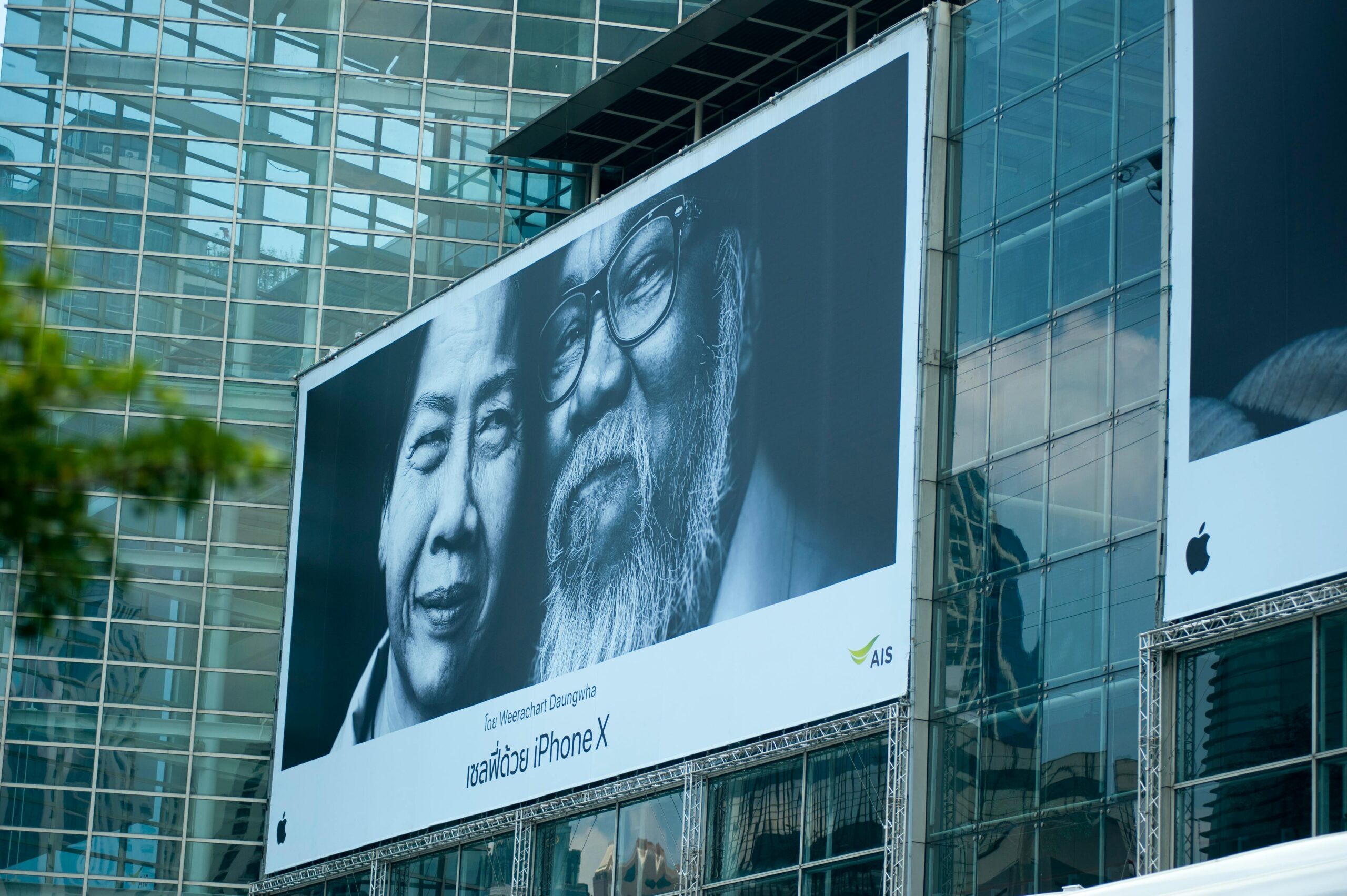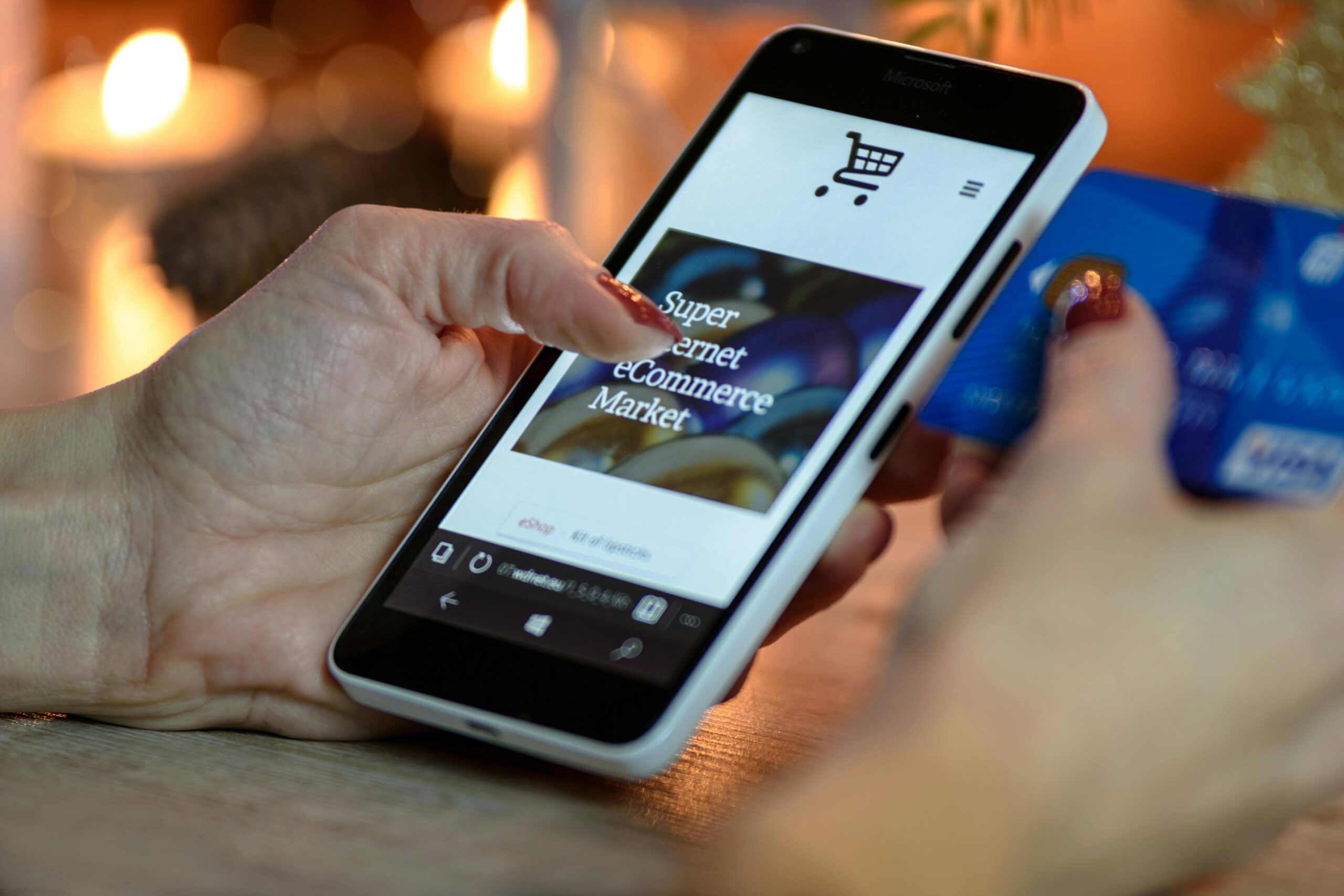In the world of online shopping, you’re not just being watched — you’re being understood.
Every scroll, every hover, every time you add an item to your cart and walk away…
Predictive technology is learning from it.
From TikTok ads that know what you want before you do…
To Shopify stores that suggest products before you search for them…
The future of eCommerce isn’t just reactive — it’s predictive.
In this guide, we’ll explore:
- What predictive tech means in modern retail
- How AI builds buyer profiles behind the scenes
- Real-world examples from top DTC brands
- And what psychology says about digital persuasion
Let’s dive into how From Browsing to Buying has become less of a path — and more of a personalized journey , shaped by algorithms that understand you better than you think.
The New Shopping Funnel: No More Guesswork, Just Data
Gone are the days when buying something online was a simple matter of browsing, clicking, and purchasing.
Today, your journey starts long before you even open your browser.
Key Shifts in the Buyer’s Journey:
| Old Funnel | New Funnel |
|---|---|
| Search → View → Buy | Watched → Searched → Predicted → Purchased |
| Static product recommendations | AI-driven personalization |
| General retargeting | Behavior-based nudges |
| One-size-fits-all offers | Dynamic pricing, tailored bundles |
| Manual checkout | Smart carts that fill themselves |
Because now, predictive tech doesn’t wait for you to decide — it helps shape your decision before you even realize it.
And that makes the customer experience smoother, faster, and far more engaging.
Why Predictive Tech Is Quietly Changing Retail Forever
You may not see it — but it’s everywhere:
- Amazon recommending items based on past purchases
- TikTok suggesting products through algorithmic feeds
- Shopify stores using Shopify Magic to personalize landing pages
- Google Ads predicting intent before typing completes
This isn’t magic — it’s machine learning.
Psychological Insight: The Brain Prefers Anticipated Outcomes
According to research published in Nature Neuroscience , people feel more comfortable with decisions that feel guided — not forced.
When a brand shows you what you were thinking of buying…
It feels like understanding — not manipulation.
Which is why predictive tech is so powerful.
Because in digital commerce…
Knowing the user beats selling to the crowd.
5 Ways Predictive Tech Follows You Through the Funnel
Here’s how AI tracks your behavior — and uses it to influence your final purchase.
1. It Learns From Where You Hover
Eye-tracking studies show that where users look matters as much as what they click.
AI-powered tools like Hotjar , Shopify Magic , and Google Analytics 4 track:
- Mouse movement
- Scroll depth
- Time spent on product details
- Hesitations at checkout
Then use that data to predict what you’re likely to buy next.
2. It Fills Your Cart Before You Do
Some stores now offer smart cart suggestions — especially if you’ve browsed before.
Example: ✅ “Based on what you looked at earlier, here’s what might interest you.”
This creates a sense of familiarity — and often leads to quicker checkouts.
Because the brain loves shortcuts — especially ones that feel intuitive.
3. It Adjusts Prices Based on Past Behavior
Dynamic pricing engines — used by brands like Amazon and eBay — adjust prices based on:
- Frequency of visits
- Cart abandonment history
- Device type
- Even time of day
So if you visit a product page multiple times without buying…
You may start seeing discounts or bundle options — automatically.
Because predictive tech knows hesitation when it sees it.
4. It Recommends Products That Match Your Mood
Yes, mood.
Through sentiment analysis, AI can detect emotional cues in your:
- Search terms
- Review language
- Time spent on certain pages
- Voice tone (if voice shopping)
Then tailor recommendations accordingly.
Example:
If you search for “comfortable shoes” after reading articles on stress relief — expect to see supportive footwear first.
Because predictive tech isn’t just tracking clicks — it’s reading between them.
5. It Knows When You’re Done Browsing — and Ready to Buy
By analyzing behavioral signals like:
- Returning to the same product
- Comparing items
- Watching product videos
- Reading reviews carefully
AI can determine whether you’re just looking… or getting ready to convert.
At that point, many systems send:
- Final discount codes
- Free shipping reminders
- Urgency-based messages (“Only 2 left!”)
All designed to help you cross the finish line.
Real-Life Examples: When Predictive Tech Made the Sale
Let’s look at real cases where AI didn’t just guess — it guided.
The Skincare Brand That Sent the Right Reminder
A Shopify seller noticed a visitor hovered over their best-selling serum for 27 seconds — then left without buying.
Two hours later, she got a personalized email:
“Still thinking about our hydrating serum? We’ll match it with a free sample.”
She replied — and bought the full set.
💡 Why It Worked: AI recognized intent without action — and gave her space to return.
The Amazon Customer Who Never Had to Search
He didn’t type anything — just watched a TikTok ad for noise-canceling headphones.
Within minutes, he saw the exact model in his Amazon feed.
No effort. No searching. Just relevance.
💡 Why It Worked: His viewing habits signaled interest — and Amazon delivered.
The Instagram DM That Felt Too Personal
An influencer shared a post about sustainable fashion.
One follower commented:
“I love this brand — but I’m trying to spend less.”
Minutes later, she received a DM:
“We have a ‘buy once, wear forever’ collection — would you like to see it?”
She clicked — and made a purchase.
💡 Why It Worked: The system picked up on emotional alignment — not just engagement.
How Brands Are Using Predictive Tech Today
Want to build a store that reads customers like a book?
Here’s how top brands are leveraging AI to create smarter funnels.
1. Product Recommendations That Feel Like Mind Reading
Instead of guessing what shoppers want — let AI do it.
Use tools like:
- Shopify Magic
- Nosto
- Barilliance
- Dynamic Yield
These platforms analyze past behavior — and show the right product at the right time.
2. Exit-Intent Offers That Convert
Have you ever moved your mouse toward the tab close — only to get a pop-up saying:
“Wait! Here’s a gift for staying this long…”
That’s predictive tech identifying behavioral intent — and nudging gently.
Smart exit-intent tools reduce bounce rates — and increase conversions — all through timing.
3. Chatbots That Know What You Want Before You Ask
Advanced chat solutions don’t just say “How can I help?”
They say: ✅ “Are you looking for [Product A] again?”
✅ “Customers who viewed this also liked [Product B].”
✅ “You saved this last week — still interested?”
These bots act like personal assistants — not salespeople.
And that’s why they work.
4. Email Flows That Reflect Your Energy
Forget generic “Welcome” sequences.
Top-performing brands use predictive tech to send:
- First emails that reflect browsing history
- Second emails that remind you of what you almost bought
- Third emails that offer alternatives if you still haven’t decided
This kind of flow doesn’t push — it guides .
And guidance converts better than pressure.
5. Ad Retargeting That Feels Less Like Spam
Instead of showing the same product 100 times, smart retargeting shows:
- Related accessories
- Limited-time bundles
- Similar items based on behavior
This keeps the experience fresh — and the conversion rate higher.
Frequently Asked Questions (FAQ)
Q: What is predictive tech in eCommerce?
A: It’s AI-driven tools that learn from user behavior to anticipate needs, recommend products, and improve conversion paths.
Q: Does predictive tech really influence buying decisions?
A: Yes — studies show that personalized experiences lead to higher engagement and stronger loyalty .
Q: Can small brands afford predictive tools?
A: Absolutely — many AI tools like Shopify Magic, Klaviyo, and Omnisend offer scalable plans for startups.
Q: Should I tell customers I’m using AI?
A: Transparency matters — but most buyers don’t mind if the experience feels smooth and helpful.
Q: Will predictive tech replace traditional marketing?
A: Not fully — but it will reshape how brands engage, retain, and upsell.
Final Thoughts
The future of shopping isn’t just fast — it’s intuitive .
Because in the world of digital retail, the best brands aren’t the loudest.
They’re the ones who listen well enough to predict what you need — before you ask.
So next time you browse a site and feel like it “knows you”…
It probably does.
And sometimes, that quiet understanding is exactly what makes you hit “Add to Cart” — without second-guessing.
Because the difference between browsing and buying isn’t always price or promotion…
Sometimes, it’s simply feeling seen .










